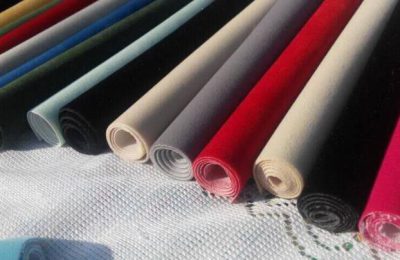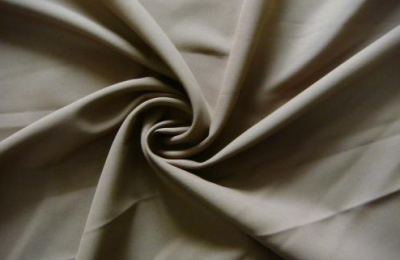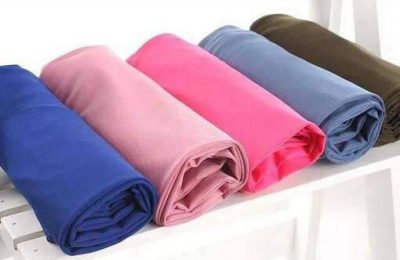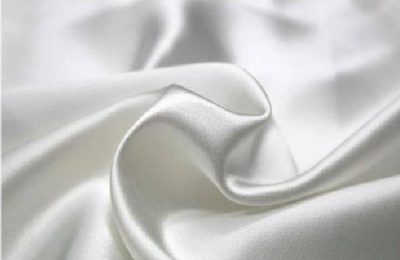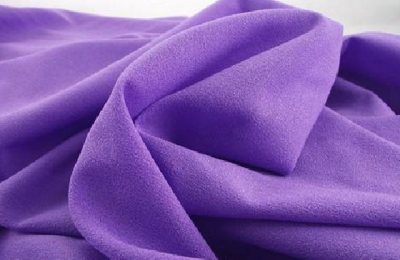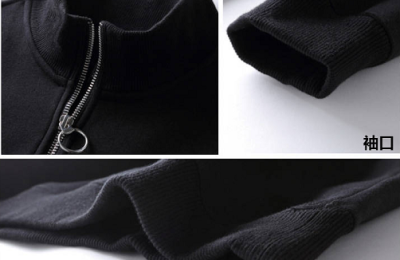Protective clothing refers to work clothing that protects the human body from physical, chemical, biological and other external factors. In addition to meeting the wearing requirements of high strength and high wear resistance, it often differs depending on the purpose of protection and the principle of protection.
Today we will learn about PTFE protective clothing filter material.
Medical protective clothing is a broad concept, including various types of clothing worn by medical staff in medical environments, such as daily work clothes, surgical gowns, isolation gowns, and protective clothing.
Depending on the application environment and functions, medical protective clothing has different standard levels for liquid and bacterial penetration, and the materials used are also different.
However, according to the basic functions, they can be roughly divided into two categories: reusable and disposable (disposable).
PTFE protective clothing filter material is made of polytetrafluoroethylene as raw material, which is expanded into a microporous film, and then the film is coated on various fabrics or paper substrates using a special process. Make it a new type of material.
The material must not only be moisture-wicking, breathable, and comfortable to wear, but also protect medical staff from infection by various contaminants such as viruses and bacteria during diagnosis and treatment, resist the intrusion of water, alcohol, and blood, and effectively resist the intrusion of water, alcohol, and blood. static electricity and even prevents dust from entering.
PTFE film manufacturer specializes in the production of PTFE protective clothing filter materials. It has a full set of advanced production equipment and technology. It also has an advanced clean room and an independent composite slitting workshop to ensure the production quality of PTFE film; the product materials produced They all use imported raw materials with high uniformity, stable performance and good air permeability, and can basically meet the filtration efficiency level requirements of sub-efficient, high-efficiency and ultra-high efficiency filters.
</p



